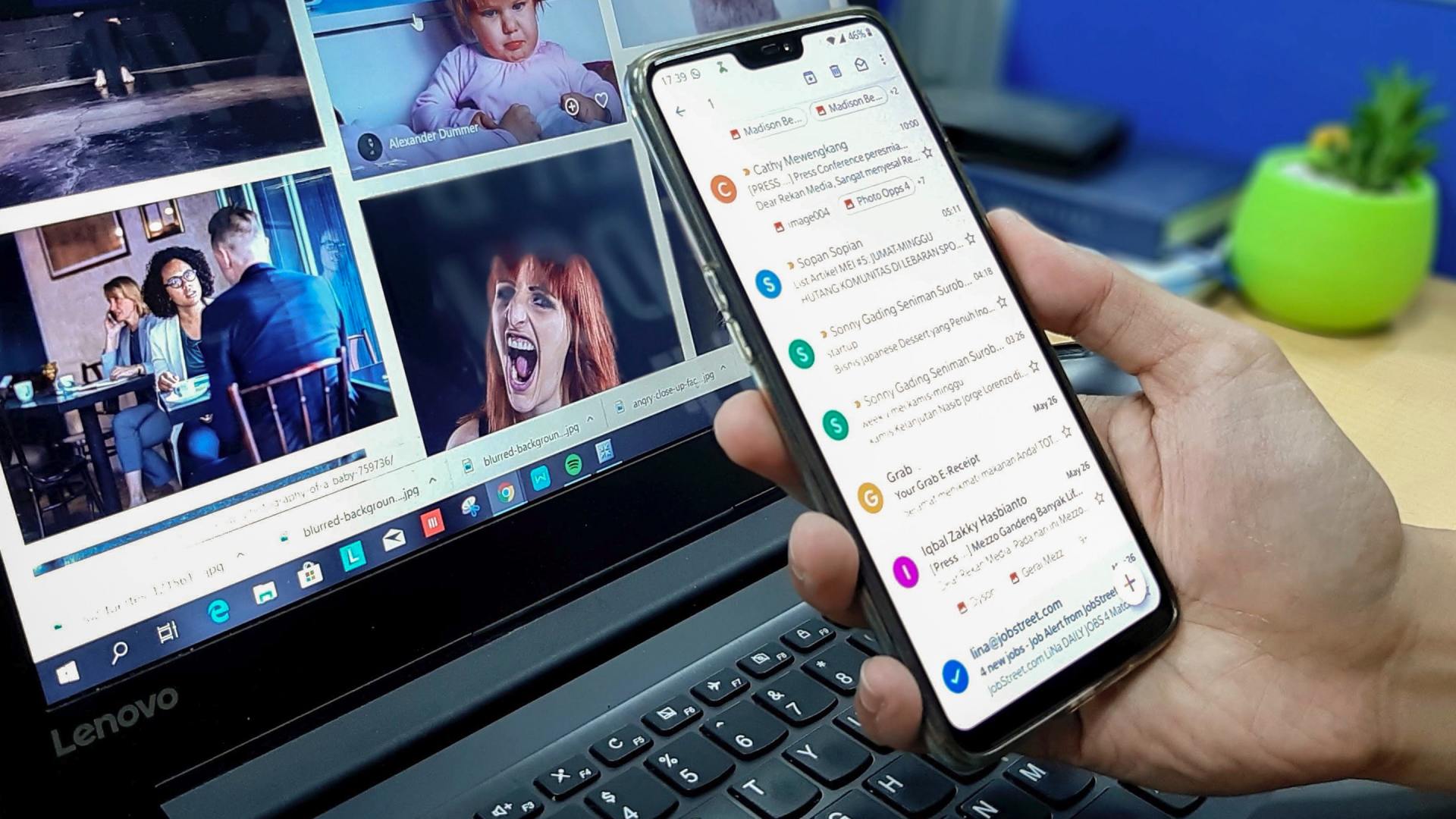PERFORMANCE MARKETING
Performance Marketing is as it sounds – marketing based on performance. This performance can be an array of executed desired results, such a completed lead, sale, booking or download. It is a form of digital marketing that focuses on measuring and improving the performance of marketing campaigns. This includes tracking the effectiveness of various marketing tactics, such as email marketing, social media advertising, and search engine optimization, and using data and analytics to optimize campaigns for better results. Performance marketing also involves setting specific goals and KPIs for campaigns, and using data to determine the return on investment for each marketing effort.















